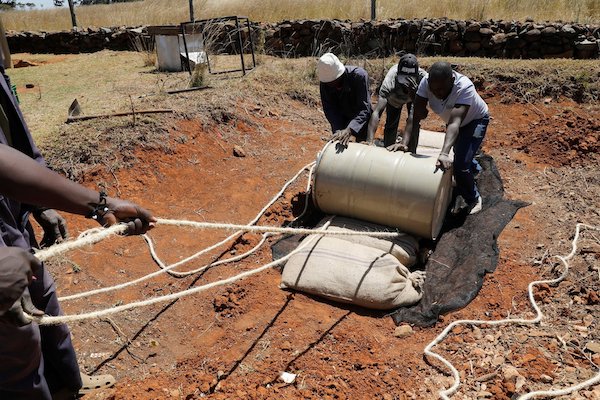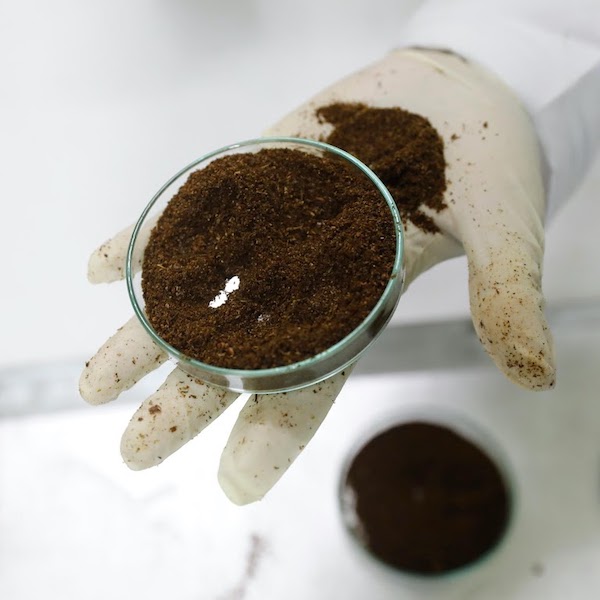Kenya is once again in the midst of a massive dessert locust plague just months after battling another invasion that left farmers reeling from massive crop losses. With a new generation of the voracious insect threatening livelihoods and food security, agtech startup The Bug Picture is helping Kenyan farmers harvest the locusts and turn them into animal feed and fertilizer.
The locusts first infested the east and Horn of Africa in mid-2019, with billions of the insects eventually descending on nine countries as the region experienced one of its wettest rainy seasons in decades. A second wave swept through in November of last year, wiping out thousands of acres of crops and decimating rangeland. And yet again last month, the swarms returned, this time coming across the border from Somalia. The locusts are young now and have not yet begun to reproduce, but experts say it’s only a matter of time.
Laura Stanford heard the stories of despair and thought she could help these communities salvage something from the devastation. “We are trying to create hope in a hopeless situation, and help these communities alter their perspective to see these insects as a seasonal crop that can be harvested and sold for money,” she said. Locusts are protein-rich, and the sheer weight of the biomass means once they are collected and processed, they are an abundant and effective means of enriching soil and animal feed.
Stanford’s company, The Bug Picture, is an African regenerative agriculture company focused on insects as an alternative protein source, specifically black soldier flies. Now, through funding from the Danida Emergency Fund, the company is now working on a community-based program to harvest the insects and mill them, turning them into protein-rich animal feed and organic fertilizer. The project harvested over 1.3 tons of locusts in just the first half of February, according to Stanford, who said she was inspired by a similar project in Pakistan.
The Bug Picture targets swarms of five hectares (12.35 acres) or less in populated areas that aren’t suitable for spraying. The key, Stanford said, is tracking where a swarm roosts for the night. Once they’ve identified a swarm, locals harvest the insects that are resting on trees and bushes. The insects are then dried and crushed so it can be processed into a powder used in feed and fertilizer. The community can receive immediate payment through a mobile platform.
Stanford admits that the problem cannot be solved without the aerial pesticide spraying by the Food and Agriculture Organization of the United Nations (FOA). “We see this as a complementary approach to fill the gaps where FAO [the UN’s Food and Agriculture Organization] is unable to spray due to small swarm size, settlement areas and areas of intensive crop farming.” Stanford says she hopes that this alternative response can help Kenyans avoid devastation in future plagues.
The Bug Picture notes that by 2050 the population of East Africa is forecast to double. “In this same period, the demand for meat will more than double in line with increased socioeconomic factors,” which presents a massive challenge for the feed industry in Africa. “So this is sort of where The Bug Picture and where our passion lies … to create sustainable sources of protein making use of insects.” Learn more at The Bug Picture website HERE. (Sources: Deutsche Welle, CBC, The Independent, Reuters)












